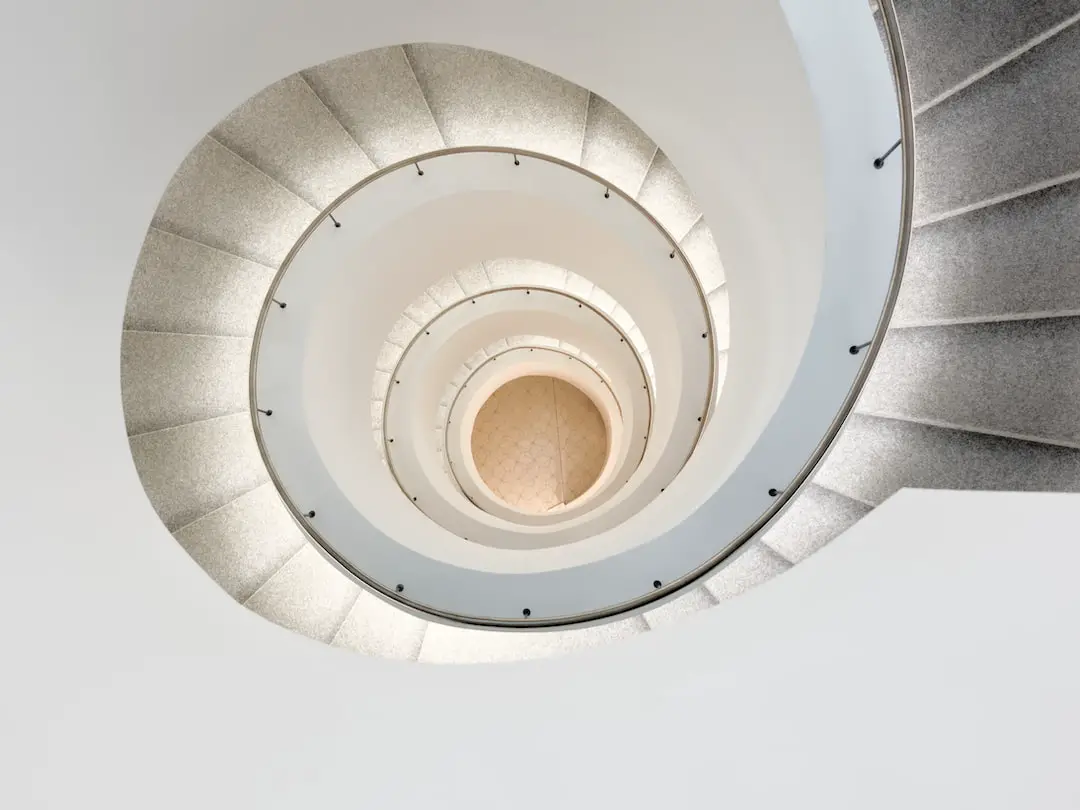
Stoke-on-Trent, often affectionately known as The Potteries, has long been the beating heart of Britain’s ceramic industry. Its skyline tells a tale of transformation, from the smokestacks of its industrial heyday to the innovative designs of modern times. As you wander through its streets, you can’t help but feel the layers of history and creativity that have shaped this unique cityscape.
The Industrial Revolution: Stoke-on-Trent’s Architectural Bedrock
The story of Stoke-on-Trent’s architecture is deeply intertwined with the rise of the pottery industry during the Industrial Revolution. The iconic bottle kilns, with their distinctive beehive shape, once dotted the landscape, belching out smoke as they fired the world-renowned Staffordshire pottery. These structures were the backbone of the city’s economy and have since become emblematic of its heritage.
While many kilns were demolished in the 20th century, a few have been preserved as monuments to the city’s past. The Gladstone Pottery Museum, for instance, offers a glimpse into the working life of the potteries. It’s a place where history feels alive, and you can almost hear the clatter of artisans at work.
Between Wars and Peace: The Shift in Stoke-on-Trent’s Skyline
As the world moved between wars and peace, Stoke-on-Trent’s architecture evolved. The 20th century brought new materials and building techniques, leading to a shift from the Victorian and Edwardian styles that had previously dominated. Art Deco and modernist influences began to appear, reflecting the optimism of the era.
One notable example is the former Michelin Tyre factory. Its office building, with its clean lines and geometric form, stands as a testament to the modernist movement. It’s a stark contrast to the ornate pottery factories that came before, showcasing the city’s ability to adapt and innovate.
Post-War Reconstruction: A New Chapter in Design
After the devastation of World War Ii, Stoke-on-Trent, like many British cities, faced the challenge of rebuilding. This period saw a mix of architectural styles, from utilitarian post-war blocks to more experimental designs. The city embraced Brutalism in some of its public buildings, a style that prioritized function and raw concrete aesthetics.
The 1960s and 70s brought about the construction of the Stoke-on-Trent Civic Centre, a Brutalist structure that serves as a focal point for the city’s governance. Its imposing presence is a love-it-or-hate-it feature of the city, but there’s no denying its significance in the architectural timeline.
The Contemporary Era: Stoke-on-Trent’s Modern Makeover
Fast forward to the 21st century, and Stoke-on-Trent continues to reinvent itself. The city has embraced contemporary architecture, blending it with its industrial roots to create a unique urban landscape. New developments prioritize sustainability and community, reflecting a more forward-thinking approach to design.
One shining example is the Stoke-on-Trent College’s Cauldon Campus, which features sleek glass and steel constructions. These buildings not only serve educational purposes but also symbolize the city’s commitment to progress and the nurturing of future Talent.
Preservation and Progress: Balancing the Old with the New
In the midst of modernization, Stoke-on-Trent hasn’t forgotten its past. Efforts to preserve historic buildings go hand in hand with new developments. The city understands that its architectural heritage is a valuable asset, one that tells the story of its evolution and resilience.
Take the Trentham Estate, for example. Its Italianate gardens and restored buildings offer a tranquil escape from the urban buzz. It’s a place where history is honored, and the beauty of Stoke-on-Trent’s bygone era is celebrated.
FAQs About Stoke-on-Trent’s Architecture
- Can you visit the historic pottery kilns in Stoke-on-Trent?
Yes, several preserved kilns can be visited, such as those at the Gladstone Pottery Museum, where you can learn about the city’s ceramic heritage.
- How has Stoke-on-Trent’s architecture changed over the years?
The city’s architecture has evolved from industrial pottery factories to a mix of modernist, Brutalist, and contemporary styles, reflecting changes in society and technology.
- Are there any conservation areas in Stoke-on-Trent?
Yes, Stoke-on-Trent has several conservation areas aimed at preserving the character and history of its most significant architectural sites.
Conclusion: Stoke-on-Trent’s Architectural Journey
Stoke-on-Trent’s architecture is a rich tapestry woven from its industrial roots through to its contemporary aspirations. The city’s landscape is a testament to its ability to evolve while honoring its past. From the remaining bottle kilns to the sleek lines of modern educational institutions, Stoke-on-Trent offers a visual narrative of change and continuity.
For those of us who’ve walked its streets and explored its buildings, the city’s architectural story is not just about bricks and mortar. It’s about the spirit of a community that has continually adapted to the times. Stoke-on-Trent stands as a beacon of British resilience, creativity, and pride in one’s heritage—a true architectural evolution from past to present.
So, whether you’re a history buff, an architecture enthusiast, or simply someone who appreciates the beauty of a city that has stood the test of time, Stoke-on-Trent’s architecture is sure to captivate and inspire. It’s a city that doesn’t just exist in the present but carries with it the indelible marks of its storied past.